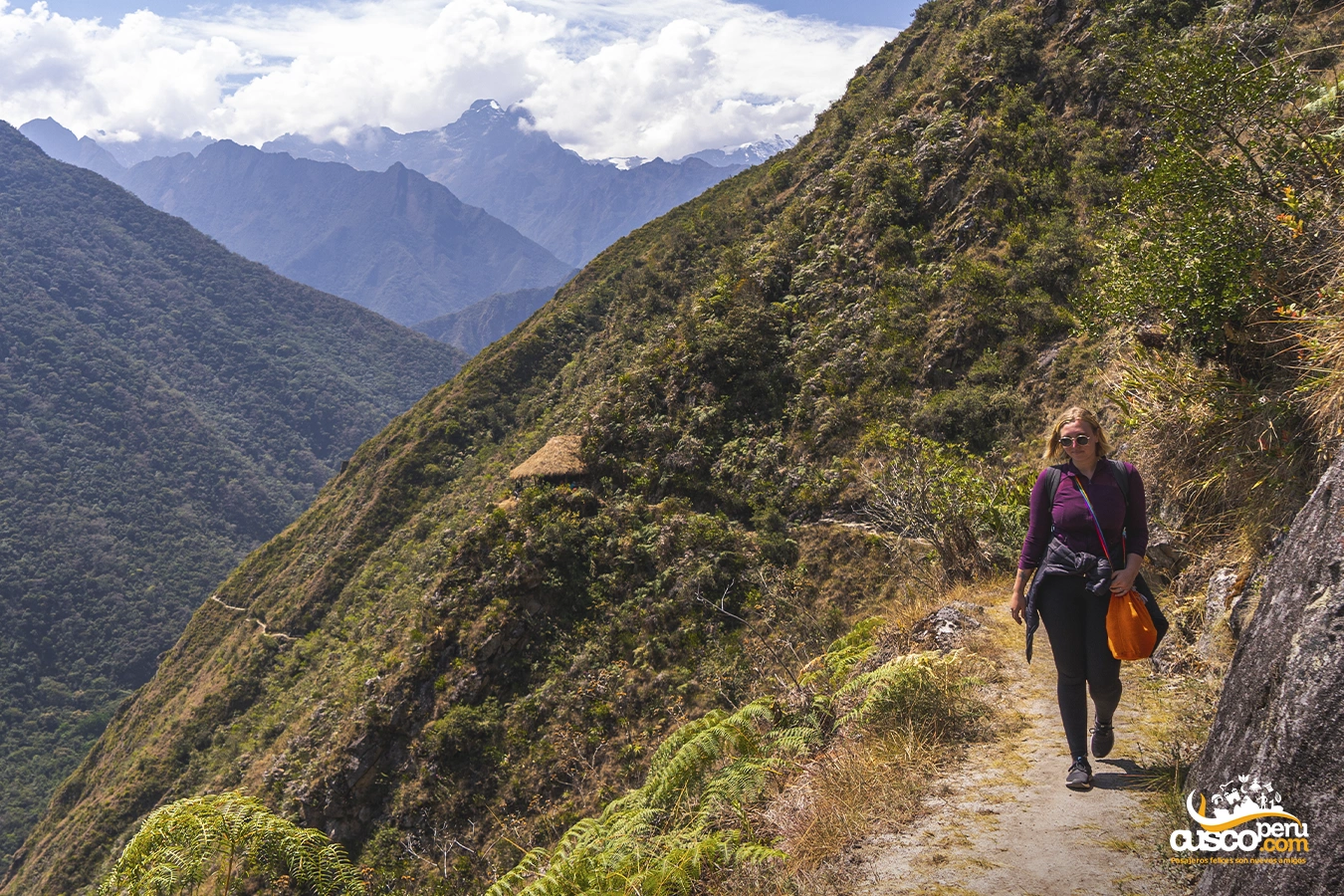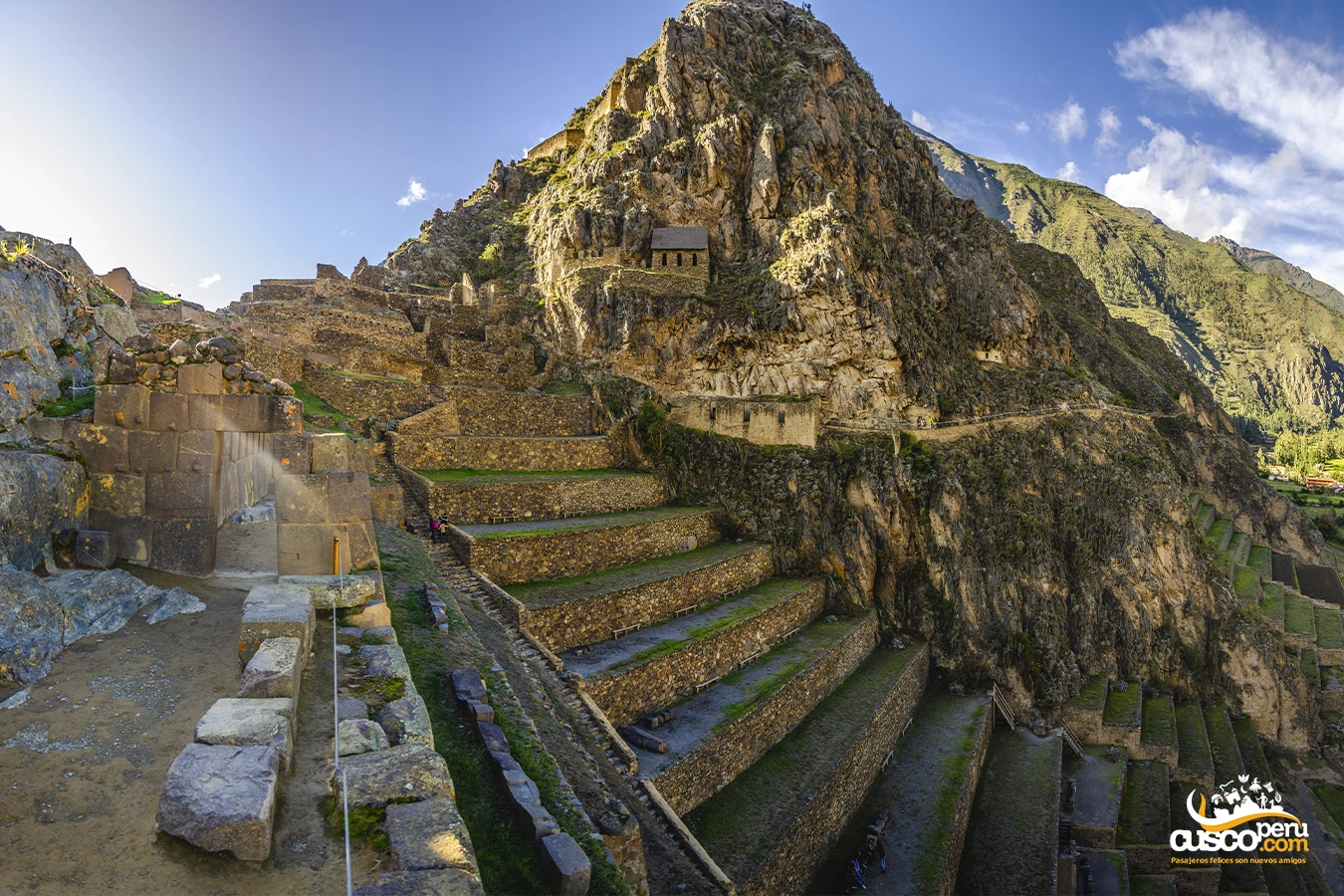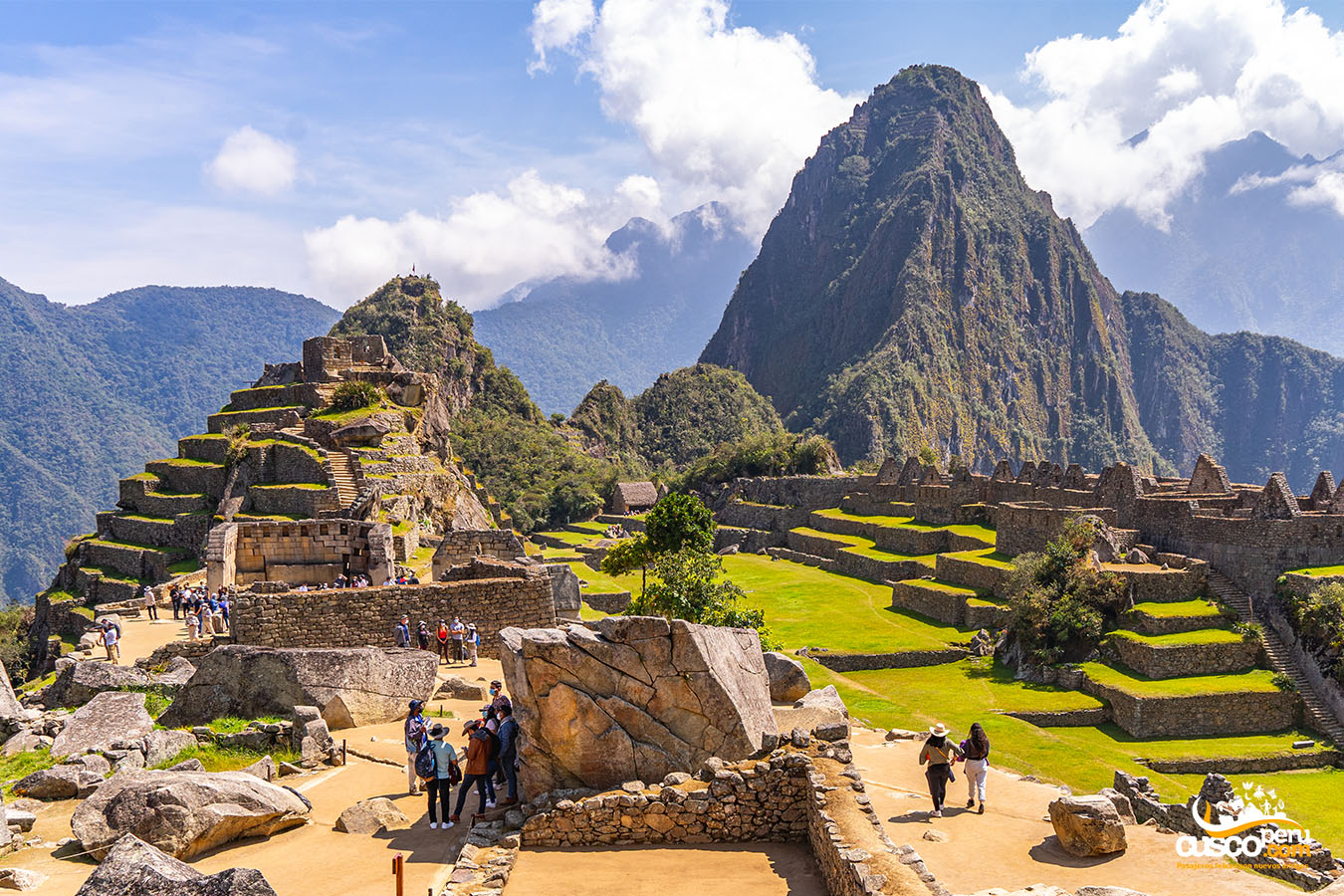
The Inca Trails are an extensive network of stone pathways that traverse five South American countries, partially developed and constructed by the Inca Empire over 500 years ago. They were a vital part in the expansion of the so-called Tahuantinsuyo Empire.
UNESCO considers these paths as World Cultural Heritage. For this reason, certain intact sections are protected and preserved for future generations.
[lwptoc]


Table of Contents
The Inca Trails, or “Qhapaq Ñan,” are an extensive network of Inca pathways, constructed during the reign of Pachacútec. These paths were designed to connect the entire territory of the Tahuantinsuyo with major cities of the empire, such as the city of Cusco.
Originally, the Incas and previous civilizations built this incredible engineering work, spanning over 60,000 kilometers, using stone as the primary material. It is noteworthy that they did not know the use of the wheel during its construction.
The Qhapaq Ñan or the Inca trails were an important road network used to connect the Tahuantinsuyo. These paths managed to traverse rugged terrains such as the Andes, connecting the entire territory from north to south.
While the paths were made to communicate the entire population, some sections were constructed exclusively for the use of the Inca royalty and others solely for the use of the people.
These paths allowed for the rapid mobilization of Inca armies and messengers, as well as traders. They were built during the expansionist era of the Incas, with the purpose of acculturating newly conquered peoples and keeping them under control.
The Inca Trails consist of two main or central routes, from which numerous branches and short paths diverge. These main roads connected cities as far north as Quito, now in Ecuador, to southern towns like Tucumán, presently in Argentina.
The central point where this ancient network of roads connects is the city of Cusco. The Inca Empire was divided into four regions or 'suyos' namely:
The components of the Inca Road network include: stone causeways, lithic bridges found along this network of roads, and tambos. The road width ranges from one and a half meters to fifteen meters.

Researchers wonder how structures like Machu Picchu remain standing under harsh conditions. The same question applies to the Inca road network. Recent research has utilized modern engineering techniques and cutting-edge equipment to uncover the secrets behind this mystery, leading to several conclusions:
Over 1300 years ago, civilizations such as the Tiahuanaco and Huari built the oldest sections of this ancient network of roads. Also known by the Quechua name “Qhapaq Ñan”, meaning roads of the King. The primary purpose of constructing these roads was to connect different geographical regions because many important cities are located in the middle of the high Andes mountains, making access difficult.
Many stretches or sections of this road were built to connect ceremonial worship centers with mountains or Apus, such as the path between the Pachacamac citadel (seaside location) and the massive Pariacaca snow-capped mountain, standing over 5,700 meters above sea level.
Ironically, it is almost certain that the Spanish used this extensive network of roads to more quickly reach and conquer the furthest reaches of the Inca Empire.
The world-famous Inca Trail to Machu Picchu, stretching 39 kilometers and ending at the citadel of Machu Picchu, is just one part of the extensive Inca Road network.
The Inca Trail was a crucial route within the Qhapaq Ñan, linking the imperial city of Cusco with the mystical citadel of Machu Picchu. This route not only served as the sole access route to the citadel but also facilitated trade, communication, and army mobilization.
For tourists visiting Peru, trekking the Inca Trail to Machu Picchu is an unforgettable experience that offers a unique opportunity to connect with the country's history and culture. Along the route, visitors can explore ancient archaeological sites, enjoy breathtaking natural landscapes, and immerse themselves in the rich cultural diversity of the region.
However, it's important to note that the Inca Trail is a protected route subject to strict regulations. Travelers interested in making this trek need to book well in advance and adhere to the guidelines set forth to ensure a safe and respectful experience.


Happy passengers